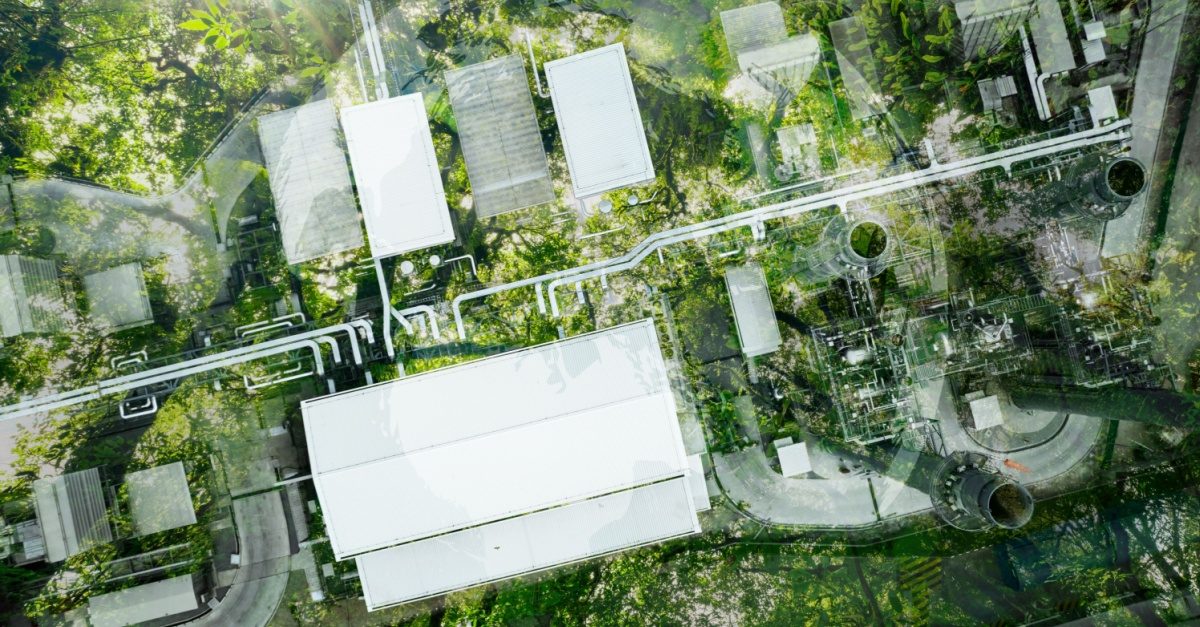
Sustainability In Manufacturing Machine Design: Shaping The Future Of Supply Chain Management
As the demand for sustainable practices continues to grow across industries, manufacturing has seen a significant shift towards more eco-conscious processes and designs. This transformation is not just a passing trend, but a vital response to environmental concerns and a means of improving operational efficiency. Machine design plays a crucial role in this shift, directly influencing both the ecological footprint and the financial performance of manufacturers.
The Role of Sustainable Design in Manufacturing
Sustainability in manufacturing machine design involves creating products and processes that minimise environmental impact while maintaining high levels of efficiency and functionality. This approach addresses several important factors, including energy consumption, resource use, waste management, and emissions.
One of the primary goals of sustainable machine design is to optimise energy use. Advances in technology allow for the creation of machines that consume less power. Components such as NEMA gearboxes, which are designed to be highly efficient, play a significant part in this process. Their ability to operate at higher levels of performance while using less energy is a prime example of how manufacturers can contribute to sustainability efforts.
Innovative Materials and Processes for Sustainable Manufacturing
Choosing the right materials is another critical aspect of sustainable machine design. Materials that are recyclable, renewable, or sourced from sustainable suppliers help reduce the environmental impact of manufacturing. The use of biodegradable or recyclable plastics, as well as metals with lower environmental costs in their extraction and production, can greatly enhance the sustainability of machinery.
Additionally, the adoption of additive manufacturing techniques such as 3D printing is gaining momentum in sustainable machine design. This method reduces material waste compared to traditional subtractive manufacturing processes that can produce significant scrap. Furthermore, 3D printing allows for more precise designs, contributing to the creation of lighter, stronger components.
Sustainability Benefits in the Supply Chain
The integration of sustainability into machine design not only helps manufacturers reduce their environmental impact but also yields significant advantages across the entire supply chain. For example, machines that require fewer resources to manufacture and operate often come with a lower total cost of ownership. This is because the long-term savings in energy and materials can offset the initial investment.
Companies across the supply chain are increasingly being held accountable for their environmental impact, and those that embrace sustainability are likely to be better positioned to meet regulatory requirements and consumer expectations. Businesses that invest in sustainable machine design can also gain a competitive edge by appealing to environmentally conscious consumers and enhancing their brand reputation.
Sustainability is no longer an optional consideration but a necessity for manufacturers seeking to remain competitive in a rapidly evolving global market. As the world continues to prioritise environmental responsibility, the integration of sustainable machine design into manufacturing processes will play an essential role in shaping the future of supply chain management. The adoption of energy-efficient components, recyclable materials, and innovative manufacturing techniques will help create a more sustainable industry that benefits both the planet and the bottom line. Look over the accompanying resource below to learn more.
Make sure you submit your nominations for this years Sustain Chain Awards. Nominations are quick, easy and free! Simply head to the nomination page, select your category and tell us about your nomination. The awards are open to the public for entry and we would love to hear from you! Click HERE to find out more.

